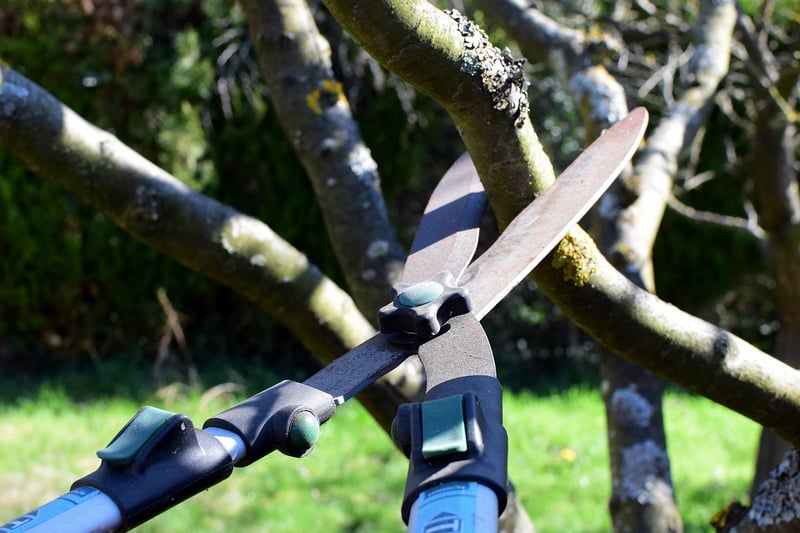Pruning techniques
Keeping Your Vertical Garden Healthy: Pruning Techniques
Vertical gardens are a beautiful way to bring nature into your home or office, but like any garden, they require care and maintenance to thrive. One essential aspect of vertical garden maintenance is pruning. Proper pruning not only keeps your garden looking neat and attractive but also promotes healthy growth and prevents disease. Here are some tips to help you keep your vertical garden healthy through effective pruning techniques.
1. Understand the Needs of Your Plants
Before you start pruning, it's essential to understand the specific needs of the plants in your vertical garden. Different plants have different growth habits and pruning requirements. Some may need regular trimming to control their size, while others may require minimal intervention. Research the types of plants in your vertical garden to determine the best pruning practices for each.
2. Regular Inspection
Regularly inspect your vertical garden for any signs of overgrowth, dead or yellowing leaves, or pest infestations. Early detection of these issues can help you address them promptly through targeted pruning. Inspecting your garden regularly will also allow you to monitor the overall health of your plants and make adjustments as needed.
3. Use the Right Tools
Invest in high-quality pruning tools such as sharp scissors, pruning shears, or a small pruning saw. Using dull or inappropriate tools can damage your plants and make pruning less effective. Make sure your tools are clean and sanitized to prevent the spread of diseases between plants.
4. Prune Strategically
When pruning your vertical garden, focus on removing dead, damaged, or overgrown parts of the plants. Cut just above a leaf node or lateral bud to encourage new growth. Avoid cutting too close to the main stem, as this can hinder regrowth. Take your time and prune carefully to achieve the desired shape and size for your plants.
5. Know When to Prune
Most plants benefit from pruning during their active growing season, which is typically in the spring or early summer. However, some plants may require pruning at different times of the year. Research the specific pruning schedule for each plant in your vertical garden to ensure you prune them at the right time for optimal growth.
6. Monitor Plant Growth
After pruning, monitor the growth of your plants to ensure they respond well to the trimming. Look for signs of new growth, improved shape, and overall plant health. Adjust your pruning techniques as needed based on how your plants are growing and developing.
By following these pruning techniques and tips, you can keep your vertical garden healthy and thriving. Remember that pruning is a skill that improves with practice, so don't be afraid to experiment and learn what works best for your specific plants. With proper care and attention, your vertical garden will become a vibrant and lush oasis in any space.

For more information on vertical gardening and plant care, visit Royal Horticultural Society.
